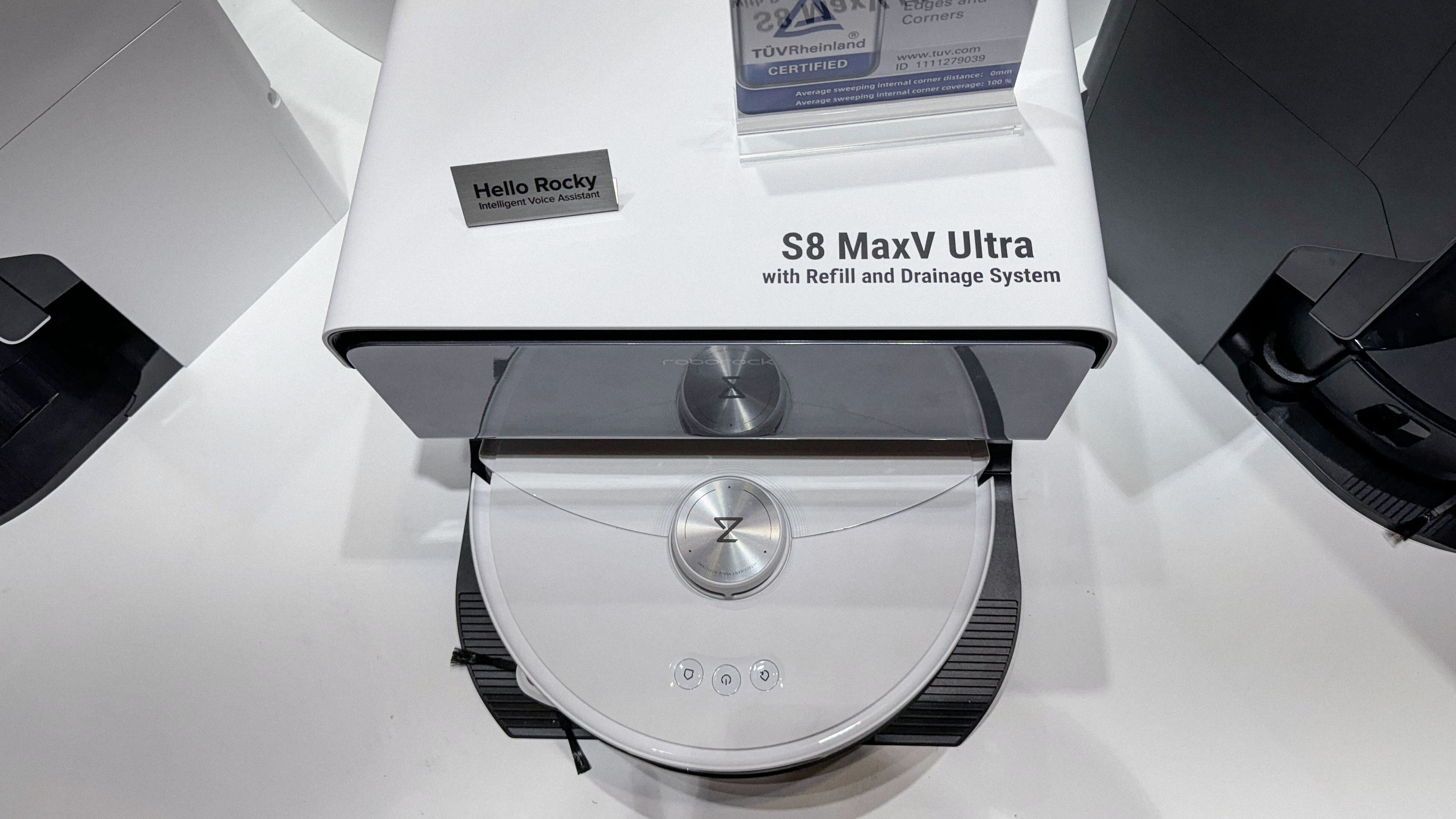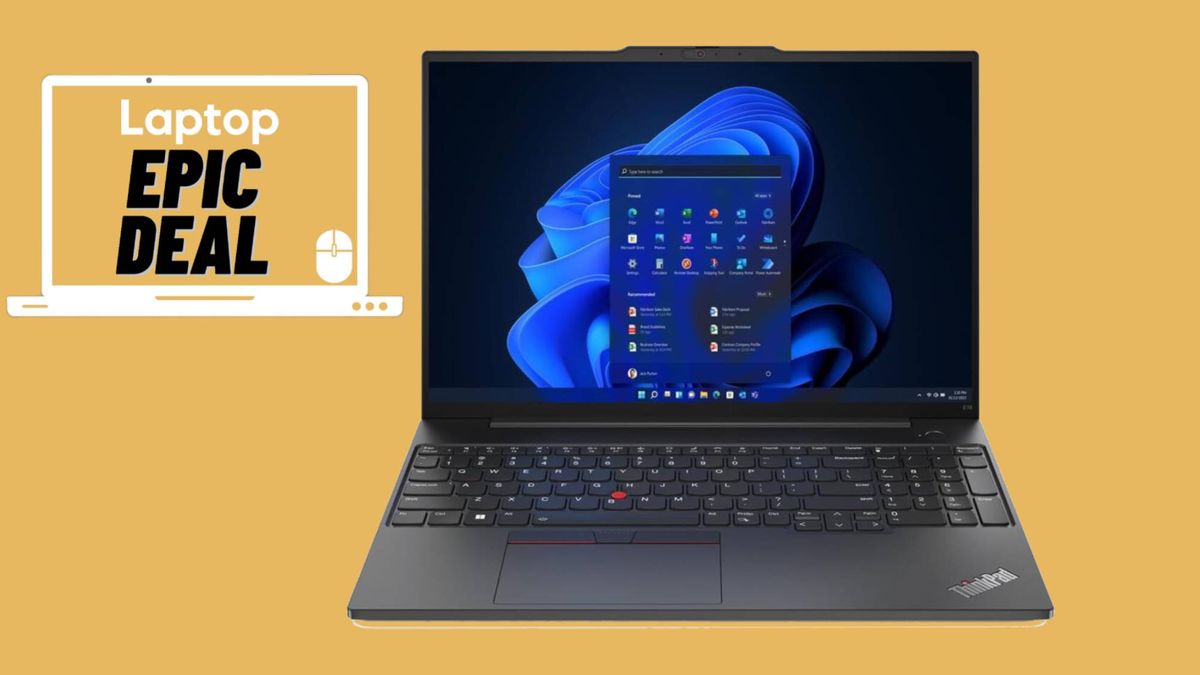
Apple’s MacBook Pro has been given its biggest upgrade in power, ports and screen quality since 2016, ticking almost every box on the wishlist of eager Mac users.But the new 14in and 16in models are no longer machines for the average consumer. Costing from £1,899 ($1,999 or A$2,999) they are workstation laptops for creative pros and developers and priced accordingly. They leave the excellent £999 M1 MacBook Air as Apple’s foremost consumer laptop.Apple has listened to the demands of its power users, making the new laptops slightly larger and heavier, with longer battery life and more ports. They are all the better for it.The sides feature three USB-4/Thunderbolt 4 ports, an HDMI 2.0 port for connecting straight to a TV or display, an SD memory card slot and the return of Apple’s much-loved MagSafe charging connector for power, which detaches if you trip over the cable. Photograph: Samuel Gibbs/The GuardianThe design is almost retro. The aluminium body apes the first-generation MacBook Pro from 2006, while the 14in version (as tested) has a similar screen size to iBook models from 2002.Open the lid and two things stand out: the screen has an iPhone-like notch cutting into the top of the screen and the Touch Bar from previous models is gone. This marmite-like feature had enormous potential but wasn’t loved by most.The standard function and utility keys are back instead, including a large escape key that will please developers. The power button has a Touch ID fingerprint scanner that works great.Apple’s enormous, precise and smooth trackpads are class leading, while the keyboard is excellent. It is a variation of Apple’s Magic Keyboard, which replaced the ill-fated ‘butterfly’ keyboard of 2019 and older models. Photograph: Samuel Gibbs/The GuardianThe new 14.2in screen is in a different league. It is taller than its 13.3in predecessor and has two technologies borrowed from the 12.9in iPad Pro: ProMotion and miniLED backlight.ProMotion refreshes the screen up to twice as fast as most 60Hz non-gaming machines for significantly smoother animations. It is slick but the jump is less impactful than on touchscreen devices such as tablets and smartphones.The miniLED backlight is a huge leap forward, producing up to 1,600nits (a standard measure of screen brightness) of peak brightness for stunning HDR content. Most competitor screens top out below 500nits. It can produce super-bright whites and deep, inky blacks for extremely good contrast.The screen rivals some of the very best televisions costing north of £1,500 for watching HDR movies. It is also fantastic for working with HDR content, be it video or photos – something that can’t be done on previous Apple laptops and very few Windows PC competitors. Photograph: Samuel Gibbs/The GuardianBut the screen is limited to the same 500nits as previous models for standard dynamic range content, which is everything that’s not HDR movies, images and games. It is certainly bright enough for most situations.Specifications
Screen: 14.2in mini LED (3024×1964; 254 ppi) ProMotion (120Hz)
Processor: Apple M1 Pro or M1 Max
RAM: 16, 32 or 64GB
Storage: 512GB, 1, 2, 4 or 8TB SSD
Operating system: macOS 11 Monterey
Camera: 1080p FaceTime HD camera
Connectivity: wifi 6, Bluetooth 5, 3x USB 4/Thunderbolt 4, HDMI 2.0, SD card, headphones
Dimensions: 221.2 x 312.6 x 1.55mm
Weight: 1.6kg
M1 Pro and M1 Max chipsThe laptop reaches a full charge in 87 minutes, hitting 50% in under 29 minutes using Apple’s 96W USB-C charger and MagSafe cable. It charges almost as fast connected to an 85W Thunderbolt dock. Note the cheapest models ship with a less powerful 67W adaptor, which will be slightly slower. Photograph: Samuel Gibbs/The GuardianThe 2021 MacBook Pro is the first computer to feature more powerful versions of Apple’s M1 custom processors used to great effect in the MacBook Air and iMac.The new M1 Pro and M1 Max chips have performance rivalling most workstation-level machines from competitors but at a fraction of the power consumption. They are significantly faster than all previous Apple laptops and close to the most expensive Mac desktops. Whatever you want to get done, be it multi-stream 4K/8K video editing, development work or editing enormous image projects, the MacBook Pro will handle it with no dip in performance when on battery.The aluminium body of the laptop feels extremely solid and is good at dissipating heat so it doesn’t get super hot under heavy load. Photograph: Samuel Gibbs/The GuardianThe laptop runs completely silently most of the time. Only when playing the Intel Mac version of the game Xcom 2 with graphics settings cranked up to maximum could I hear the low roar of fans.Battery life is equally impressive, lasting for 14 hours of light work consisting of email, browsing, writing and photo editing or more than 11 hours with more demanding tasks such as editing videos and advanced photo manipulation. Push the machine really hard by exporting high-res video or compiling large apps and the battery life can plummet but I estimate you’ll still be able to get at least five hours.SustainabilityThe case of the MacBook Pro is 100% recycled aluminium. It contains 98% rare earth element while 100% recycled tin is its logic board solder, and at least 35% recycled plastic was used in multiple components. Apple breaks down the computer’s environmental impact in its report.The computer is generally repairable and the battery can be replaced for £199 by Apple. The repair specialists iFixit awarded the machine 4/10, mostly because of the difficulty in replacing some parts. Apple offers trade-in and free recycling schemes, including for non-Apple products.MacOS MontereyThe camera notch eats into menu bar at the top of the screen but macOS automatically rearranges icons and menu options either side of it and the mouse passes straight through it as if it wasn’t there. Photograph: Samuel Gibbs/The GuardianThe MacBook Pro runs Apple’s latest macOS Monterey software, which looks and feels similar to its predecessor Big Sur. Briefly, Monterey adds the ability to FaceTime video call in a grid layout like Zoom, spatial audio surround sound for movies, live text recognition in photos, quick note taking and improved privacy options in Apple Mail. It also adds “focus”, an expansion of the “do not disturb” settings, and other features from iOS 15.The more ambitious Share Play and Universal Control features will be available as part of a software update later in the year. As with Big Sur, most software developed for Intel-powered Macs runs very well but compatibility isn’t guaranteed for older apps.ObservationsThe bezels around the screen have been shrunk significantly so that even with a larger display the laptop is not much bigger than predecessors. Photograph: Samuel Gibbs/The Guardian
Blooming, where the backlight shines like a halo around dark edges, is extremely well controlled compared with most LCD-based screens.
The six speakers are amazing for a laptop and produce a surprisingly effective virtual surround sound for movies.
The M1 Max has up to twice the graphics performance of the M1 Pro but both chips have the same processor performance.
PriceThe 14in MacBook Pro starts at £1,899 ($1,999/A$2,999) for an M1 Pro chip with eight-core CPU and 14-core GPU, 16GB of RAM and 512GB of storage.Models with the M1 Pro 10-core CPU/16-core GPU cost from £2,199, while M1 Max models start at £2,799.The 16in MacBook Pro starts at £2,399 ($2,499/A$3,749). It is not possible to upgrade the RAM or storage after purchase.For comparison, the MacBook Air starts at £999, while roughly equivalent Windows laptops to the new machines such as the Dell XPS 15 cost about £2,099, the Razer Blade 15 about £1,700 and Microsoft’s Surface Laptop Studio costs about $2,100 (£1,576).VerdictThe 2021 MacBook Pro is the power laptop Apple users have been waiting for.The combination of workstation-level processing power and long battery life are unrivalled. The display is stunning and will allow people who work with video to work in HDR away from their desks with dedicated high-end monitors – many of which cost eye-watering sums on their own. The taller, larger screen of the 14.2in compared with 13.3in laptops makes email, writing and browsing more comfortable while still being easy to fit in bags.The keyboard is great and the best-in-class trackpad is huge. Even the new 1080p HD webcam is a big upgrade. The expanded port selection and SD card slot are very welcome. Unlike previous models, the chips are the same for the 14in and 16in versions, making size the key choice, not power.The machine isn’t perfect. I wish it had a USB-A port, the HDMI port is not the latest standard, the webcam doesn’t have Apple’s excellent Centre Stage technology that keeps the user in frame in video calls and the lack of Face ID is baffling. As is unfortunately normal these days you can’t upgrade the RAM or storage after purchase. But these are minor niggles.The MacBook Pro is no longer a consumer laptop. Instead, it is the best compact pro-grade workhorse I’ve ever used. If you’re an Apple-using creative or developer in need of an upgrade, this is the machine for you. You’ll pay a princely sum for it but it is absolutely brilliant.
Pros: very powerful, very long battery life, fantastic miniLED ProMotion screen, lots of ports, SD card slot, brilliant speakers, Touch ID, great keyboard and trackpad, MagSafe, competitively priced for the power, 14in is great size.
Cons: no USB-A, no Face ID, no Centre Stage camera, no HDMI 2.1 support, RAM or SSD cannot be upgraded after purchase, no BootCamp/Windows support, some niche apps may have issues running until updated.
The MacBook Pro is available in silver or space grey as pictured. Photograph: Samuel Gibbs/The GuardianOther reviews





